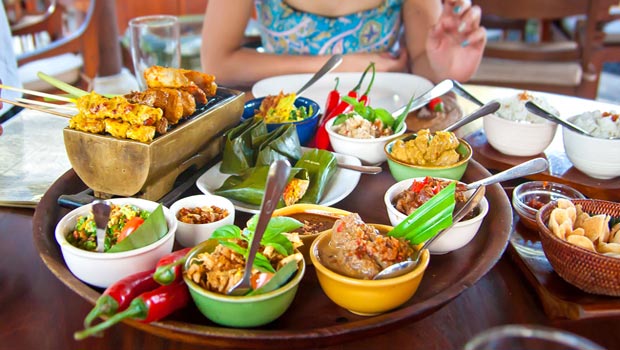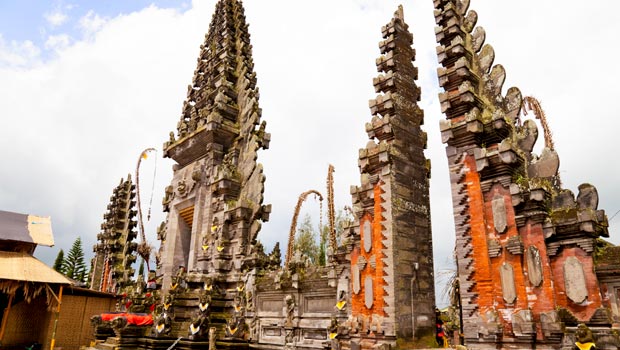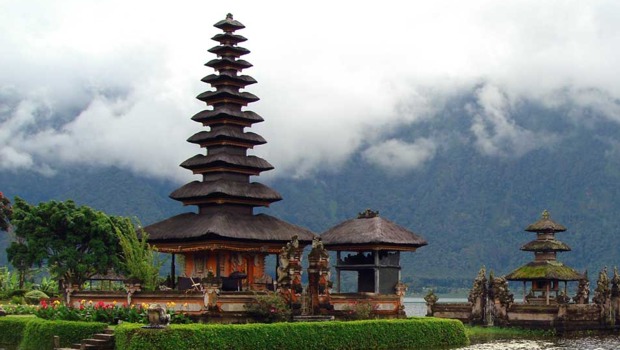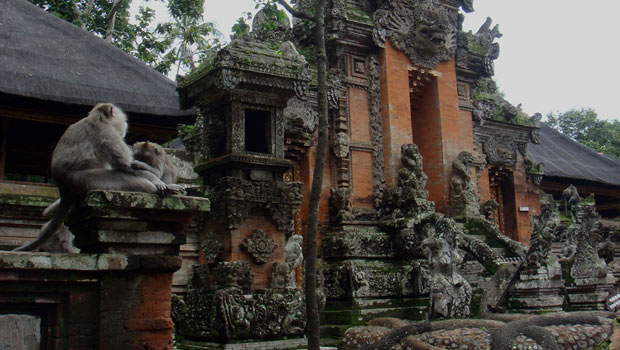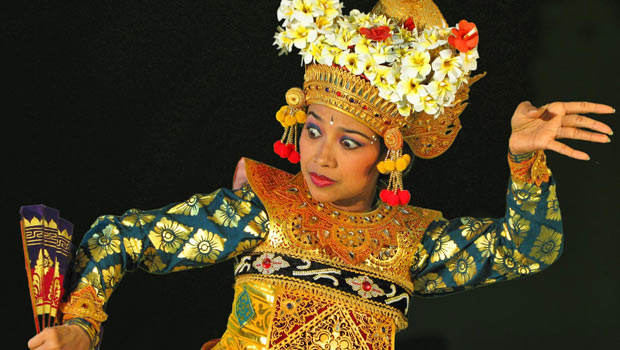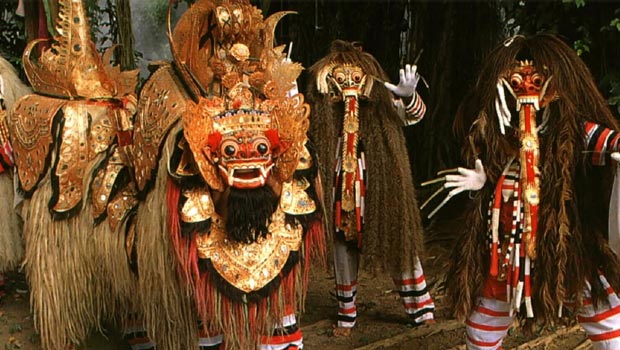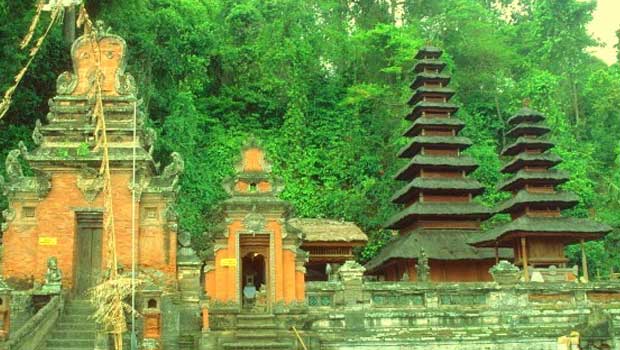If you have gone so far as to book your Bali villas accommodation, flights, and tourist activities, then why not check out the food you’re going to be eating? After all, if you are looking to experience a new culture, you can’t seek out food you eat every day. Instead, you need to eat what the locals do. Here are a few of the many stand-out dishes you will come across and consume in Bali.
Pisang Goreng
If you are a huge banana fan, then you will jump for joy when you find out that Balinese locals are too. After all, you can’t expect not to be when they grow in abundance! When you visit Bali, you will find that many varieties grow in the area, all of which can form a dish known as Pisang Goreng. Pisang Goreng is more of a dessert than a dinner, consisting of fried bananas, honey, flaked coconut, and vanilla ice cream.
Sate
Sate is the perfect Balinese snack and one you are bound to enjoy. Sate is chicken, mashed up then combined with an array of delicious and vibrant spices. It is then put on a lemongrass stick and barbecued. While it’s not going to fill you up, it can form part of a meal or as a snack as you make your way around the roadside markets.
Nasi Goreng
While you might be able to get Nasi Goreng at a takeaway restaurant in your neighbourhood, it’s possibly nothing like traditional Nasi Goreng in Bali. After settling into your Bali villas, why not take a trip to a local restaurant and try it out? Nasi Goreng is the same as Mie Goreng but Balinese use fried rice. Normally, it features noodles. Many Balinese eat Nasi Goreng at any time of the day – including for breakfast.


